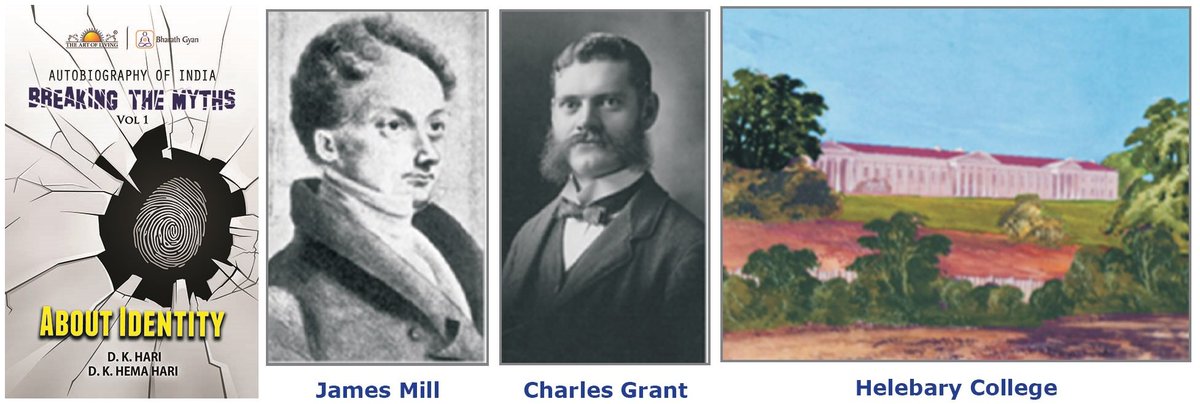QUALITY OF #MILK
Recent research clearly tells us that the milk given forth by Bos Indicus and Bos Taurus are different on a crucial count.
Recent research clearly tells us that the milk given forth by Bos Indicus and Bos Taurus are different on a crucial count.

Comparative nutritive value of #milk
Milk is consumed by mammals & humans, for its nutritive value of protein that it offers in early growth stage, when milk is consumed max. Modern research has identified 2 types of milk proteins, classified as A1 Beta Casein & A2 Beta Casein.
Milk is consumed by mammals & humans, for its nutritive value of protein that it offers in early growth stage, when milk is consumed max. Modern research has identified 2 types of milk proteins, classified as A1 Beta Casein & A2 Beta Casein.
Beneficial A2 Beta Casein
A2 Beta Casein is the kind of #milk protein found in human milk, goat milk, sheep milk and in the milk of the Indian cows, the Bos Indicus. This variety of milk has been found to be of higher beneficial value to humans, next only to mother’s milk.
A2 Beta Casein is the kind of #milk protein found in human milk, goat milk, sheep milk and in the milk of the Indian cows, the Bos Indicus. This variety of milk has been found to be of higher beneficial value to humans, next only to mother’s milk.
Harmful effects of A1 Beta Casein
In contrast, the Jersey cows, which come under the Bos Taurus category, give #milk protein of A1 Beta Casein variety. A1 Beta Casein is suspected to cause Autism, Schizophrenia, Stomach ulcer, Ulcerative Colitis, Crohn’s disease & so on.
In contrast, the Jersey cows, which come under the Bos Taurus category, give #milk protein of A1 Beta Casein variety. A1 Beta Casein is suspected to cause Autism, Schizophrenia, Stomach ulcer, Ulcerative Colitis, Crohn’s disease & so on.
Generalized Misconception
Due to such ill effects of #milk, seen in the western world where only the Bos Taurus cows are prominent, many researchers and doctors the worldover, have declared milk to be harmful to human health in the long run.
Due to such ill effects of #milk, seen in the western world where only the Bos Taurus cows are prominent, many researchers and doctors the worldover, have declared milk to be harmful to human health in the long run.
But sadly, without differentiating the A2 Beta Casein #milk of the Bos Indicus from the A1 Beta Casein milk of the Bos Taurus, milk in general is now being viewed suspiciously by Indians too.
Indian cow #milk nutritive
Tests conducted specifically on the 2 diff species of cows, using the scientific lacto process, show that, not only is the milk of Bos Indicus, the native Indian cow, not detrimental to health, but on the other hand is actually nutritive in nature.
Tests conducted specifically on the 2 diff species of cows, using the scientific lacto process, show that, not only is the milk of Bos Indicus, the native Indian cow, not detrimental to health, but on the other hand is actually nutritive in nature.
The Indian cow’s #milk has been found to be nutritive and nourishing to humans, especially babies.
It is this beneficial nature that has been extolled right from the Veda, to the lores of the land.
It is this beneficial nature that has been extolled right from the Veda, to the lores of the land.
While the yield of the Indian native breed may be lower, it seems to be most ideally suited for India, on account of
• this cow’s #milk being more suited for human consumption
• the cow itself being more suited for Indian conditions of food and weather.
• this cow’s #milk being more suited for human consumption
• the cow itself being more suited for Indian conditions of food and weather.
• • •
Missing some Tweet in this thread? You can try to
force a refresh





